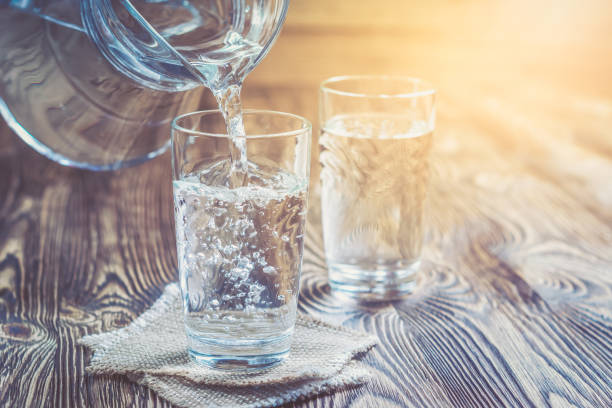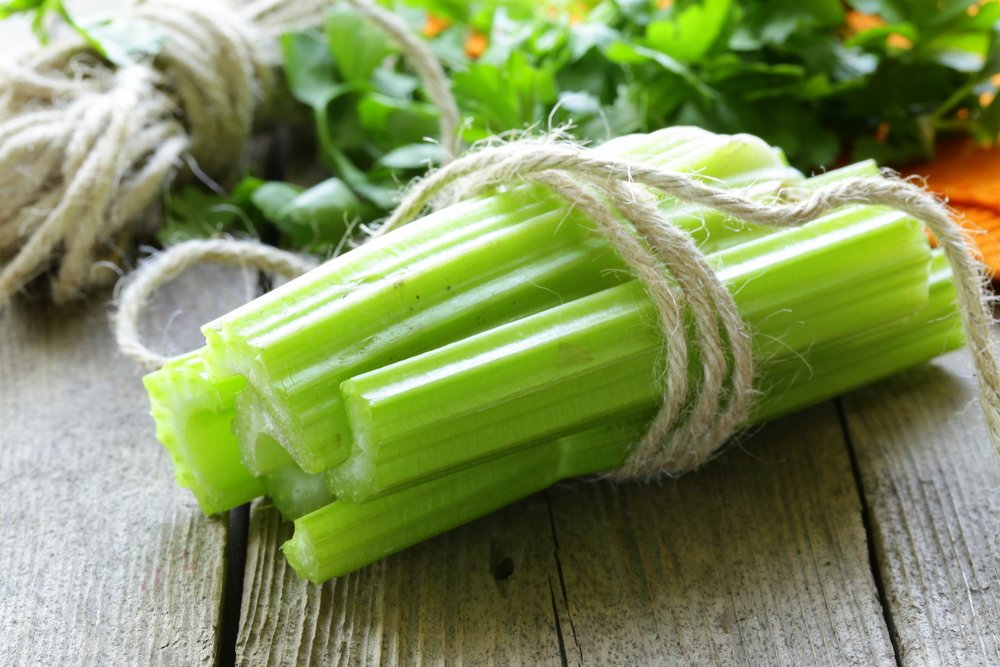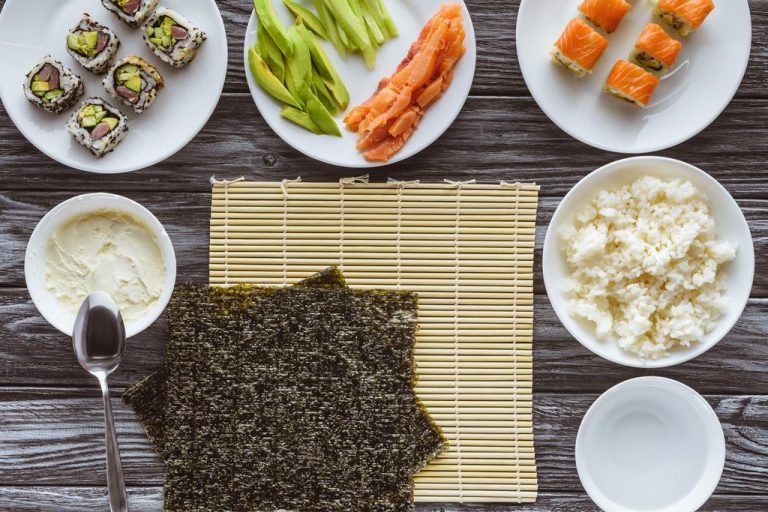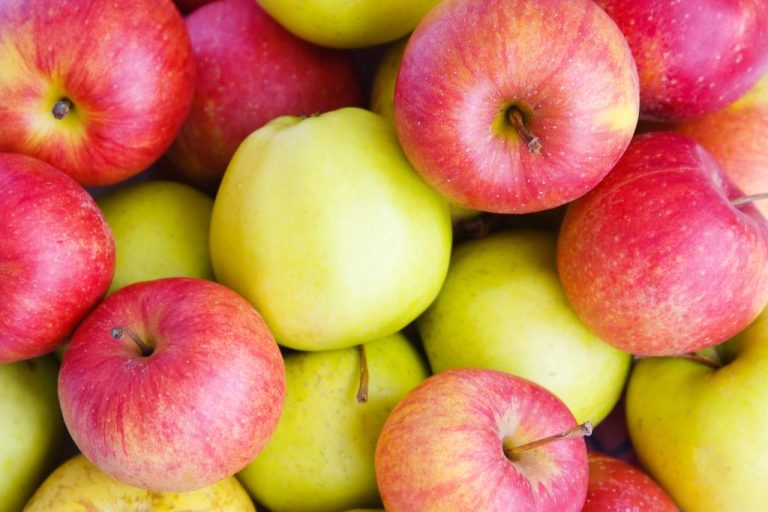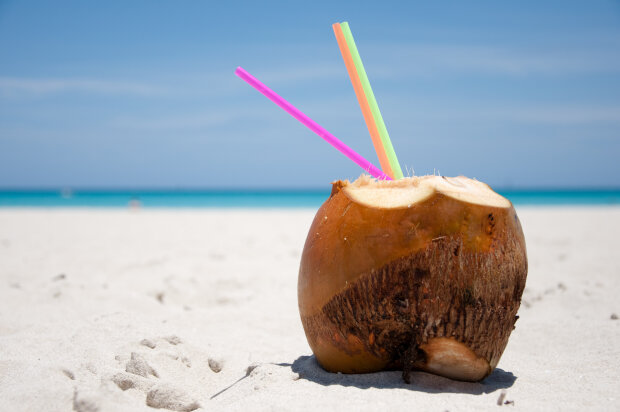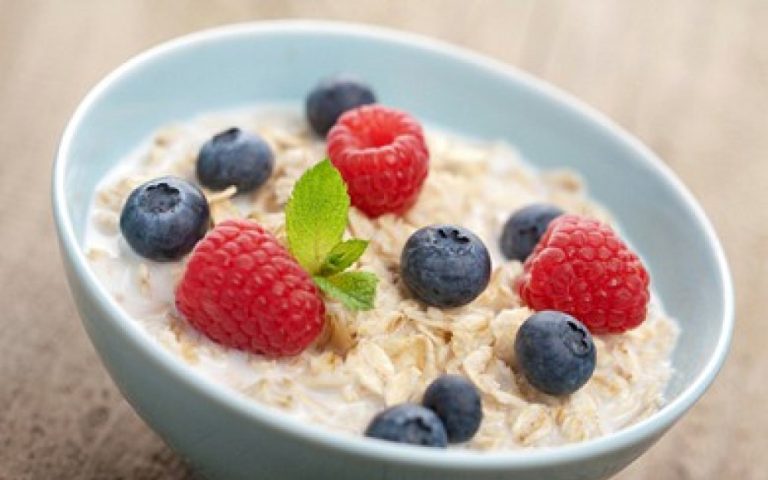On a glycemic diet, you try to avoid foods with a high glycemic index. So carbohydrate-rich foods are taboo. We explain whether this makes sense.
The Glyx Diet is all about the glycemic index (GI). This indicates how quickly blood sugar levels rise after eating carbohydrate-containing foods:
When you eat a cube of dextrose (glucose), the sugar goes directly into your blood – so the blood sugar level rises very quickly. Glucose thus has the highest GI, the value is 100.
Conversely, when you eat a slice of whole grain bread, it takes your body a while to convert the long-chain carbohydrates in the bread into glucose. Therefore, the blood sugar level rises more slowly. In other words, whole grain bread has a lower GI.
According to the German Society for Nutrition (DGE), a GI below 55 is low, between 55 and 70 medium and above high.
But why should eating only low GI foods help you lose weight? The basic idea is that when blood sugar levels rise slowly after a meal, you stay full longer. Because the slower it rises, the slower it falls again and we only have a need for sugar supplies later.
Glyx diet: lose weight through changing your diet

The Glyx diet goes back to the ecotrophologist Marion Grillparzer. The concept has been around since 1999 and is still quite popular. The Glyx diet is not intended to be a short-term diet, but rather a permanent change in diet.
Getting started begins with two to three soup days, during which you mainly eat soup. This is supposed to stimulate fat burning.
This is followed by a “fat burner” week, which has a recipe plan for three meals a day. By primarily eating plenty of vegetables and protein (the diet recommends 1.5g of protein per pound of body weight per day), you should lose up to half a pound per day.
In the third phase you should change your diet permanently. There is a table for this in which the foods are divided according to GI into green (low, i.e. good), yellow and red (high, i.e. bad). Some foods that only have a medium GI but contain a lot of fat are also marked in red. Overall, you should eat lots of vegetables, as well as regular (low-fat) meat and fish and high-quality fats such as olive oil.
Basically, you should avoid processed products, especially if they have a high GI. Sweets, high-carbohydrate fast food such as fries and most alcoholic beverages are taboo (list: high-carbohydrate foods).
In addition to meal plans, the Glyx Diet requires you to exercise for 20 to 30 minutes a day.
Effect of the Glyx Diet on the Body
In a statement on the Glyx diet, the DGE summarizes various studies that deal with the effects of the diet. Overall, the DGE came to the conclusion that the Glyx diet can be beneficial for people suffering from type 2 diabetes mellitus or a pre-form. Studies have shown that diabetes patients improve their glucose metabolism when they avoid foods with a high GI.
Also, a meta-analysis suggested that low GI diets may lower blood pressure. However, according to the DGE, the study had systematic errors. Effects such as a reduced risk of cardiovascular disease and types of cancer have been studied. However, there are no clear results yet.
In healthy people, there is no evidence that the Glyx diet has a positive effect on health. Whether it is an effective method for losing weight and whether you actually lose half a kilo per day during the “fat burner” week has also not been proven by any study.
Criticism of the Glyx Diet: The Concept GI
Some things about the Glyx diet can be seen positively: You should eat lots of vegetables, avoid ready meals and exercise regularly. In a statement, however, the DGE criticizes the idea of orienting nutrition to the GI:
Orienting yourself solely on the GI of a single food is of little use. Because the concept no longer works in a wholesome meal. For example, fats and proteins ensure that the body absorbs blood sugar more slowly. So you could also say that fats and proteins lower the GI of the meal. So, a single potato can potentially trigger cravings as it has a high GI. However, if you eat it together with herb quark, it becomes a healthy and filling food.
Some extremely healthy foods like pumpkins and watermelon are high GI. So are these foods not healthy after all? The problem is that the GI only indicates how quickly the carbohydrates from a food are utilized – not how many carbohydrates are actually contained in the food. Watermelons have a GI of 80, but only contain about five carbohydrates per 100 grams. The parameter, which considers the proportion of usable carbohydrates in addition to the GI, is called “glycemic load” (GL). And here it turns out: The GL of 100 grams of watermelons is quite low.
Even the GI of individual foods is often only an estimate. It may be that a certain whole grain bread was found to have a GI of 74. However, another whole grain bread, where the grain has been ground a bit finer, may already have a different GI. Because it depends very much on the processing. It is also unclear how exactly dietary fiber affects the GI.
Other criticisms of the Glyx diet
Then there are other criticisms of the Glyx diet:
The Glyx table alone hardly helps to put together a healthy and wholesome meal, since it makes no statements about fats, proteins and micronutrients such as vitamins or minerals. There are recipe suggestions, but no deeper knowledge of healthy cooking is imparted.
The Glyx diet recommends consuming 1.5g of protein per kilogram of body weight per day. The recommendation of the DGE is only 0.8 grams. It has not been proven that this amount of protein is harmful to health. However, there is evidence that too much protein is harmful to the kidneys. The Glyx diet is therefore not suitable for people with kidney problems.
Fructose has a low GI and is therefore not a problem in the Glyx diet. According to studies, too large amounts of the simple sugar are said to promote obesity, among other things. At least the Glyx diet bans ready meals, which often contain a lot of fructose.
The consumer advice center criticizes the fact that it is recommended to eat meat regularly and fish at least three times a week. Even if you buy humanely farmed meat and fish, they still have a pretty bad life cycle assessment.
Conclusion on the Glyx Diet

It is quite possible to eat healthily after the Glyx diet. Going through GI charts before every meal, however, is quite exhausting – and, as has been shown, not necessarily useful. If you want to lose weight healthily, you should eat a balanced diet and exercise regularly. You don’t need a special diet for this.
